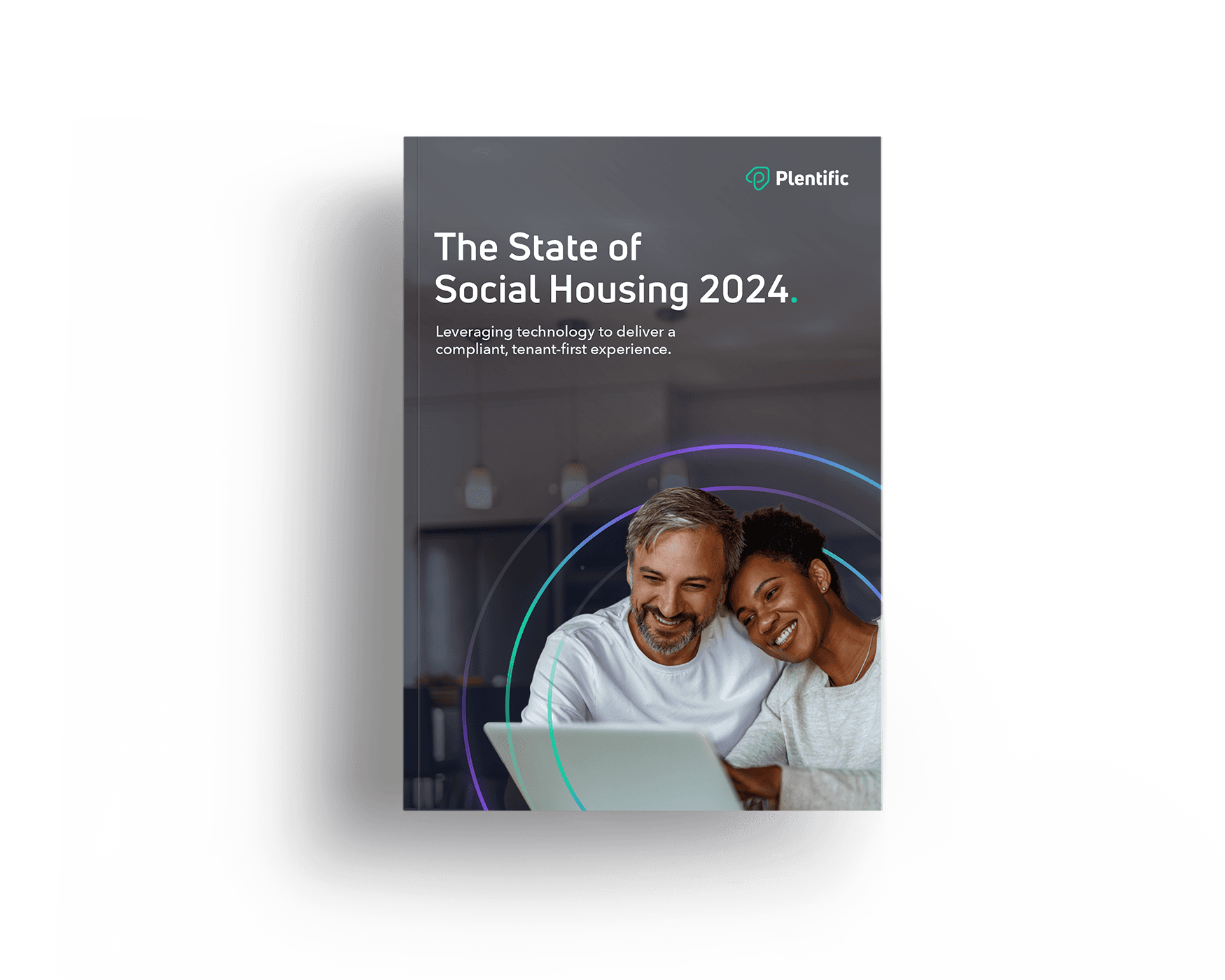The current social housing landscape in the UK comes with challenging rules, commitments and imperative changes. With housing shortages continuing and regulations becoming stricter, the sector is changing dramatically. Drawing insights from Plentific's State of Social Housing 2024 whitepaper, let's delve into the core issues and uncover the often overlooked truths.
The Shortfall
The Department for Levelling Up, Housing and Communities (DLUHC) presents a concerning situation. Despite 58,027 new homes being built in 2022/23, 157,640 households were classified as homeless during the same period. This mismatch highlights the need for action, not only in constructing new homes but also in improving the ones that already exist.
Financial Strains
Economic uncertainties are a recurring theme within the housing sector. Growing costs and capped rents limit the possibility of large-scale development projects. The demand for more government funding is clear, especially as housing associations struggle with inflation and high-interest rates.
Material and Labour Challenges
The rising costs of construction and material shortages have led to increased difficulties faced by the housing associations in London. G15, a group comprising major housing associations in London, is contemplating reducing their development plans due to these rising costs. As retrofitting existing properties has become a priority, resources for constructing new developments have been further reduced.
The Human Cost
BRE's findings highlight the dire consequences of inadequate housing, resulting in health hazards and compromised well-being. The tragic story of Awaab Ishak, who lost his life due to excessive mould exposure in his Rochdale home, serves as a poignant reminder of the stakes involved. It underscores the urgent need for action to ensure every individual has a safe and healthy place to call home.
Regulatory Demands
The compliance landscape has undergone a seismic shift with the introduction of Awaab's Law and the revised Social Housing Regulation Act that came into play on 1st April 2024. Landlords face stricter mandates, compelling swift action on reported hazards and qualification prerequisites for housing managers. In addition, The Building Safety Act casts a wide net of responsibility over higher-risk residential structures, further burdening housing providers.
In the midst of these challenges, there's a clear need for collaboration. Bridging the gap between government initiatives and housing associations’ plans is still paramount.
Leveraging technology is essential to this journey, offering opportunities to streamline service delivery, enhance efficiency, and improve compliance. By embracing a tenant-first approach facilitated by technology, housing providers can navigate these challenges collaboratively, putting the safety and well-being of individual residents at the forefront.
For a deeper look into the insights discussed here and to explore further actionable strategies, we invite you to download Plentific’s State of Social Housing 2024 whitepaper

